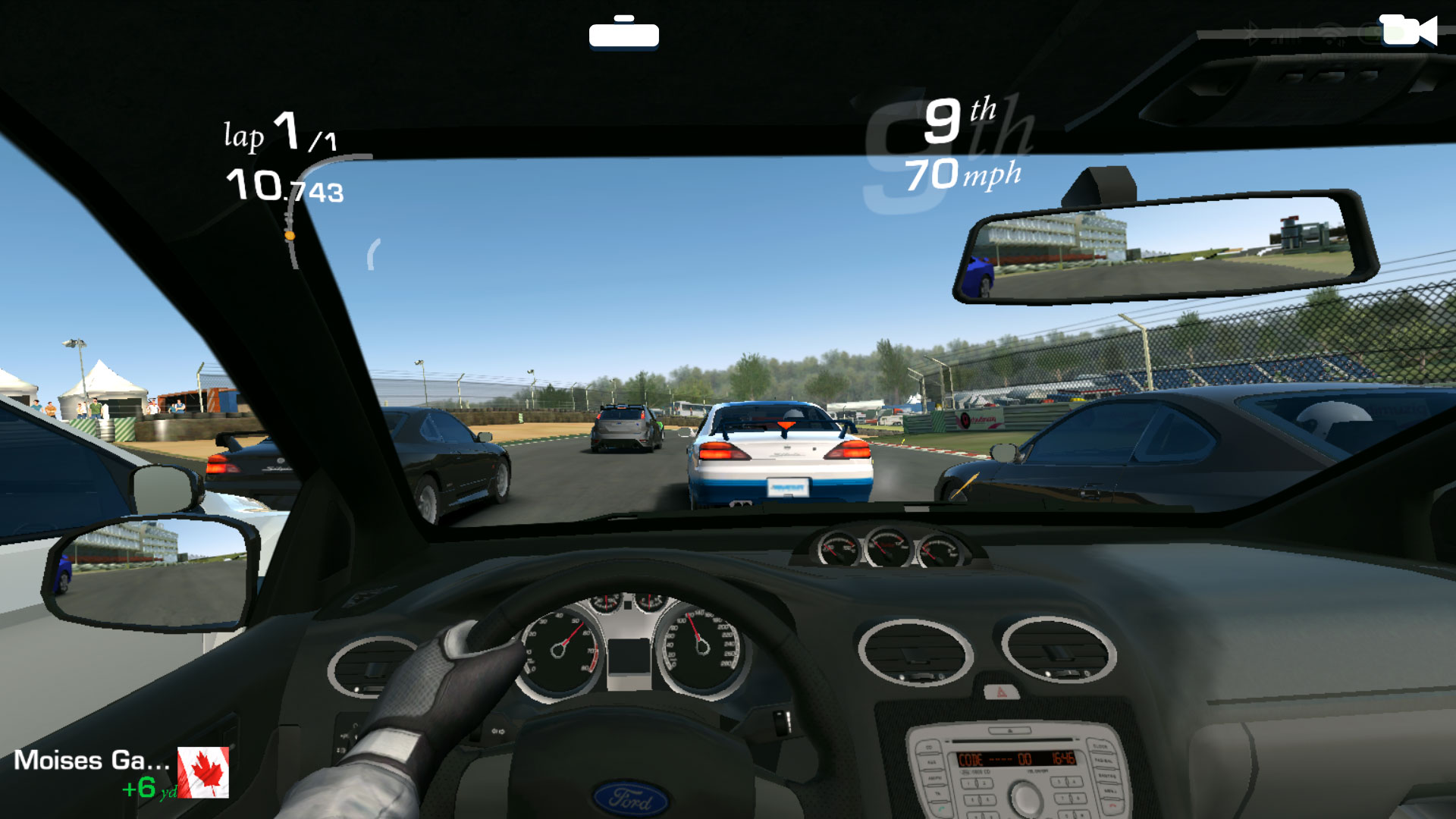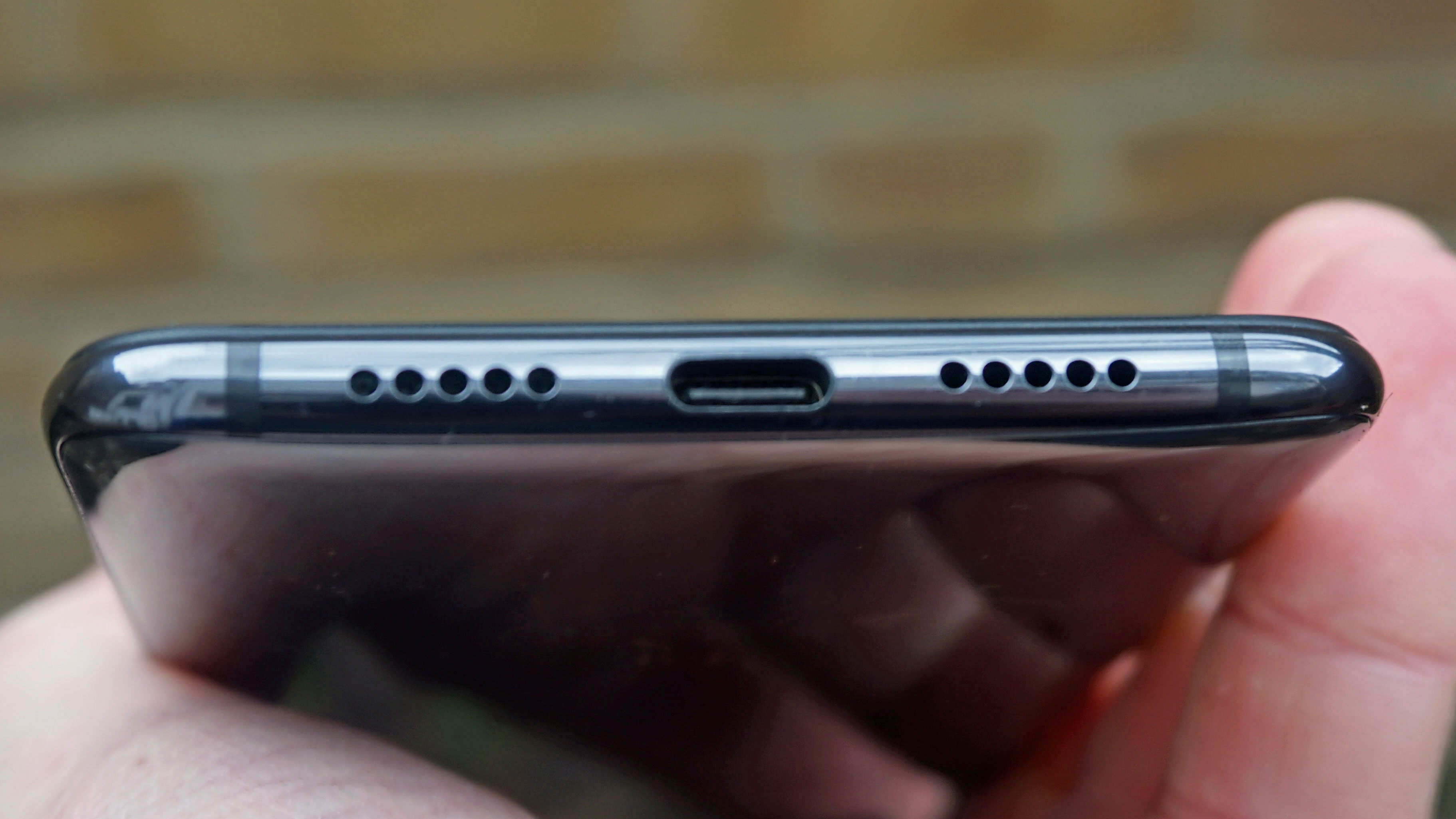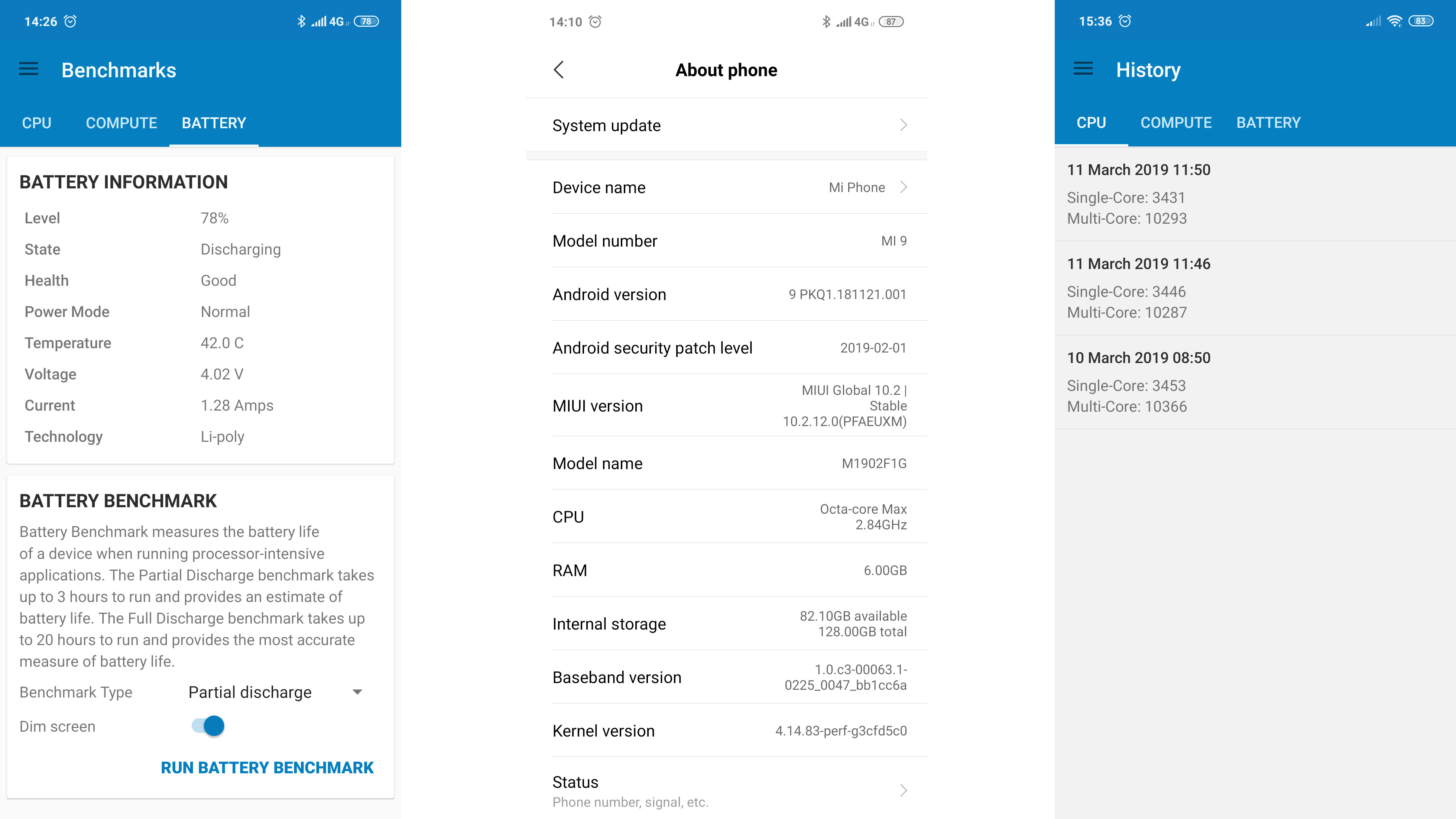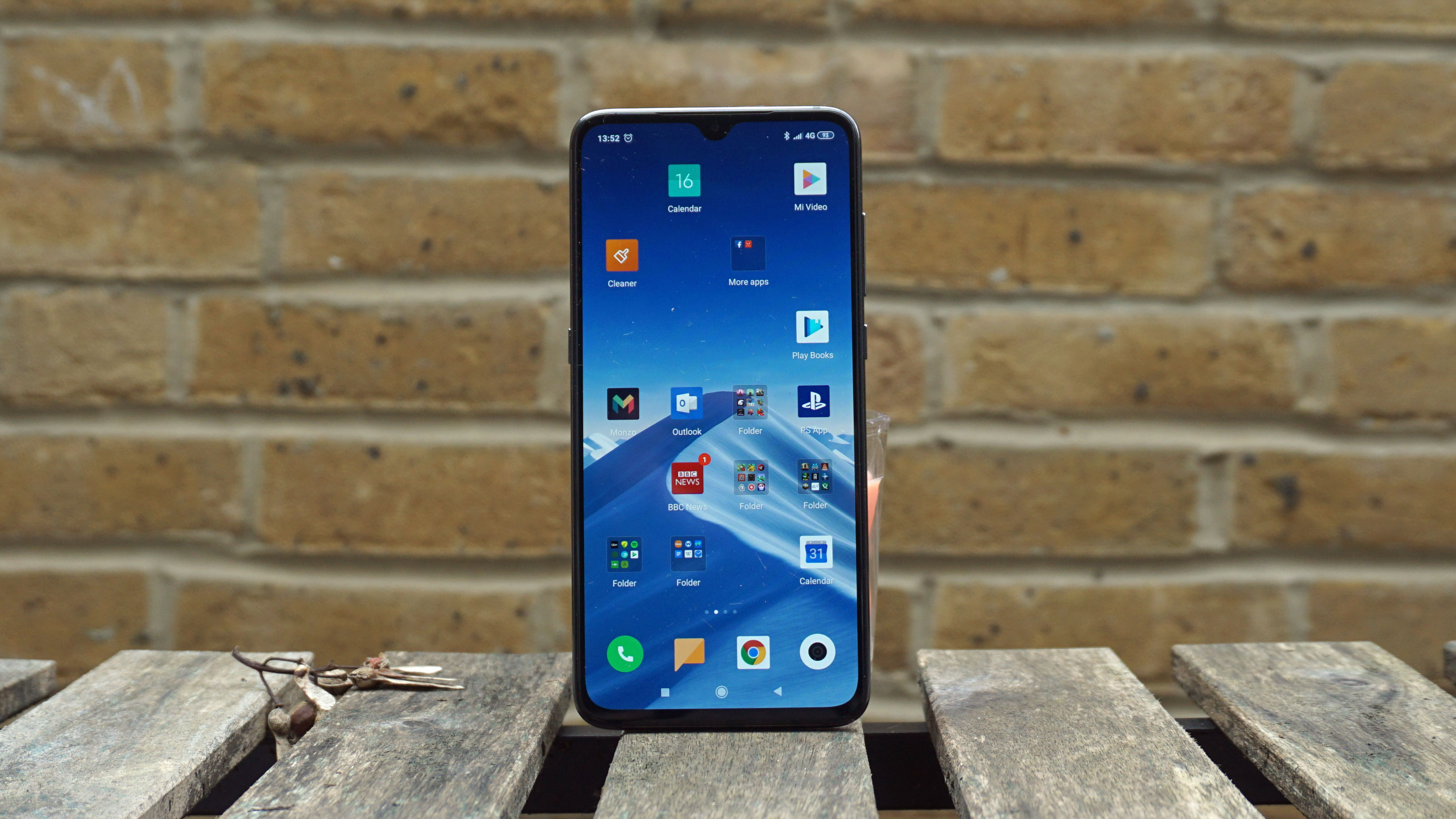Why you can trust TechRadar
Interface and reliability
One noteworthy part of the Xiaomi Mi 9 is its user interface, which Xiaomi calls MIUI and which is runs over the top of Android 9 Pie UI – but we’re not too keen on the way it looks.
MIUI app icons aren’t a uniform shape – third-party apps were square with rounded edges, but there were also circles, custom shapes, squares with corners that were rounded more or less than the third-party icons, and squares with pointed corners, and the lack of consistency left us unimpressed.
On top of that the large icons, with pale colors for the first-party apps, looked a little unsophisticated, so at times we felt like we were using a children’s phone rather than a cutting-edge flagship.

There’s no app drawer either, which comes as quite a shock if you’re used to swiping up to see a list of all your installed apps, and takes a lot of getting used to – instead, swiping up brings up Google search.
A knock-on effect of this is that the home pages quickly became cluttered with apps, which isn’t ideal if you’ve got a massive collection.
Other than the MIUI overlay and lack of an app drawer, the Xiaomi Mi 9 runs standard Android Pie, so you get features such as adaptive brightness; some features, like the relocated volume slider and navigation changes, have also been redesigned as part of MIUI, but they function exactly the same way.
One other issue we had was that the in-screen fingerprint sensor is a little unreliable – it wouldn’t always pick up our print straight away, and we often had to wiggle our digit around to wake the phone, which is a problem we’ve never had with rear- or side-mounted sensors.
Movies, music and gaming
With its Snapdragon 855 chipset, the Xiaomi Mi 9 is a gaming powerhouse. High-end games ran smoothly, even on the highest graphics settings, and the generous screen size made games easy to play – it’s one of the best handsets we’ve played games on, and the fact that the chipset is optimized for gaming meant battery drain when playing was barely an issue.
One thing we did notice, however, is that the Mi 9 warmed up to a surprising degree when we played games – one round of games like PUBG Mobile or Fortnite left the the edges of the device feeling noticeably warm, and playing for much longer heated the phone up more than we’ve found with comparable handsets.

We didn’t notice any negative effects from this overheating – performance didn’t suffer even when the device was hot, but it did heat up more than we’d have expected, so it’s something to be aware of.
Video playback was great too, as the Mi 9’s AMOLED display is bright and has great contrast.
Both gaming and movies were improved by the Mi 9’s large screen, and it’s an easy phone to hold when playing or watching – however the protruding rear camera bump did become slightly annoying as we’d keep scraping our finger on it.

The Mi 9’s internal speakers are rather low-quality, and music played through them sounded tinny. The audio quality isn’t what we’d expect from an otherwise impressive handset, which was frustrating for movies and gaming.
Performance and benchmarks
The Xiaomi Mi 9 is one of the first smartphones powered by Qualcomm’s Snapdragon 855 chipset, which is also found in the Samsung Galaxy 10 and which is probably the most advanced mobile processor available today – and it shows.
When we ran a benchmark test on the Mi 9 it returned an impressive multi-core score of 10,316; that’s one of the highest scores we’ve seen, only bettered slightly by the likes of the iPhone XS and Samsung Galaxy S10 Plus – and you won’t be able to pick those phones up for anything near the price of the Mi 9.
Despite only having 6GM RAM, where many flagships now pack 8GB, the handset is enough of a processing powerhouse to rival its high-end competitors.

The user interface was impressively slick and responsive, even when we had multiple apps open, and even demanding games ran smoothly – we played PUBG Mobile on its highest settings and the phone didn’t break a sweat.
Even the camera, which on some handsets can be the weak link in an otherwise efficient setup, was quick and responsive.
However, the aforementioned heating isn’t only an issue when you’re gaming or watching movies – we also found that when we were using the camera for any amount of time the handset heated up.
For long photoshoots we could see this becoming a problem, as it could lead to damage to the battery or other parts of the phone – when we were testing the camera the battery reached 42C, over a normal running temperature of about 29C, which was rather alarming.
Current page: Anything else I should know?
Prev Page Battery life and camera Next Page Verdict and competition
Tom Bedford joined TechRadar in early 2019 as a staff writer, and left the team as deputy phones editor in late 2022 to work for entertainment site (and TR sister-site) What To Watch. He continues to contribute on a freelance basis for several sections including phones, audio and fitness.
